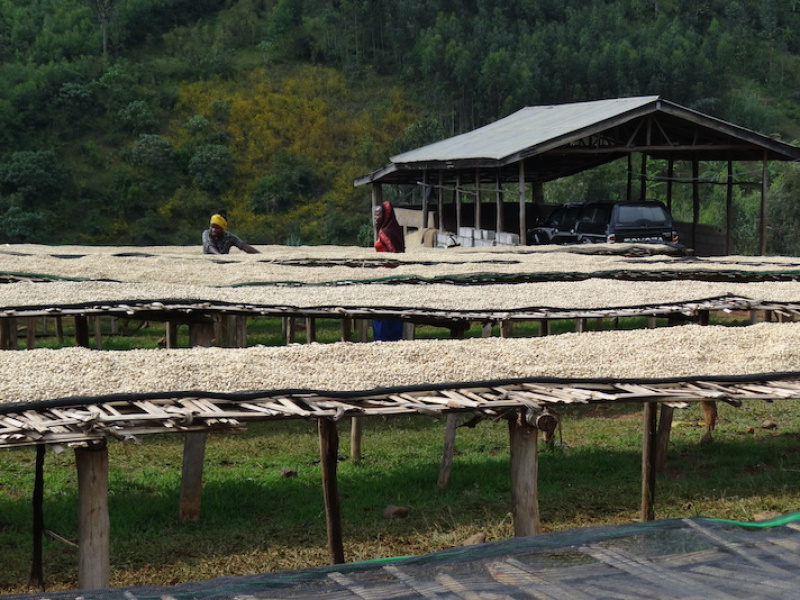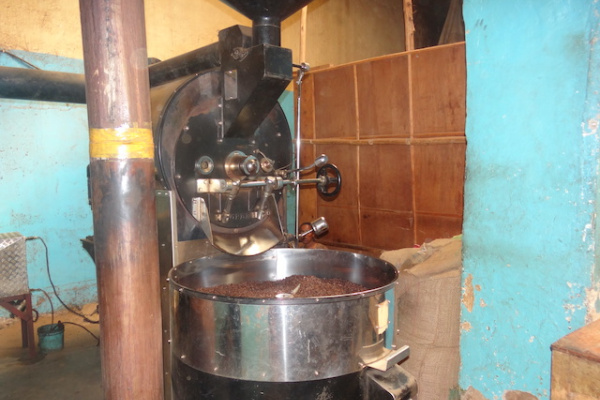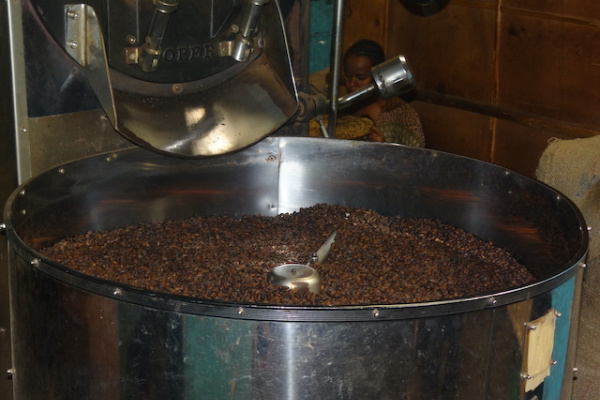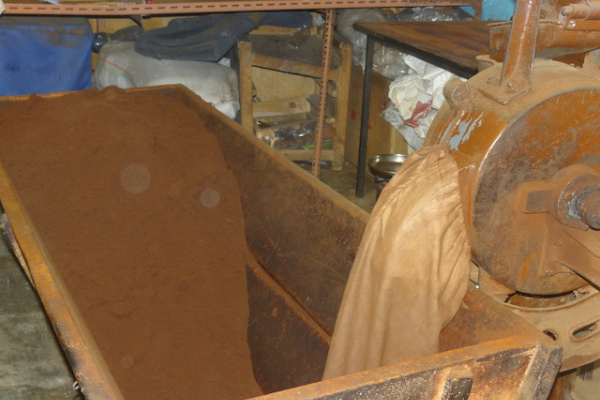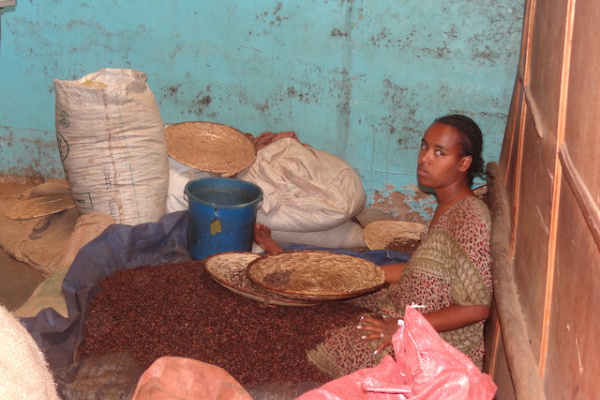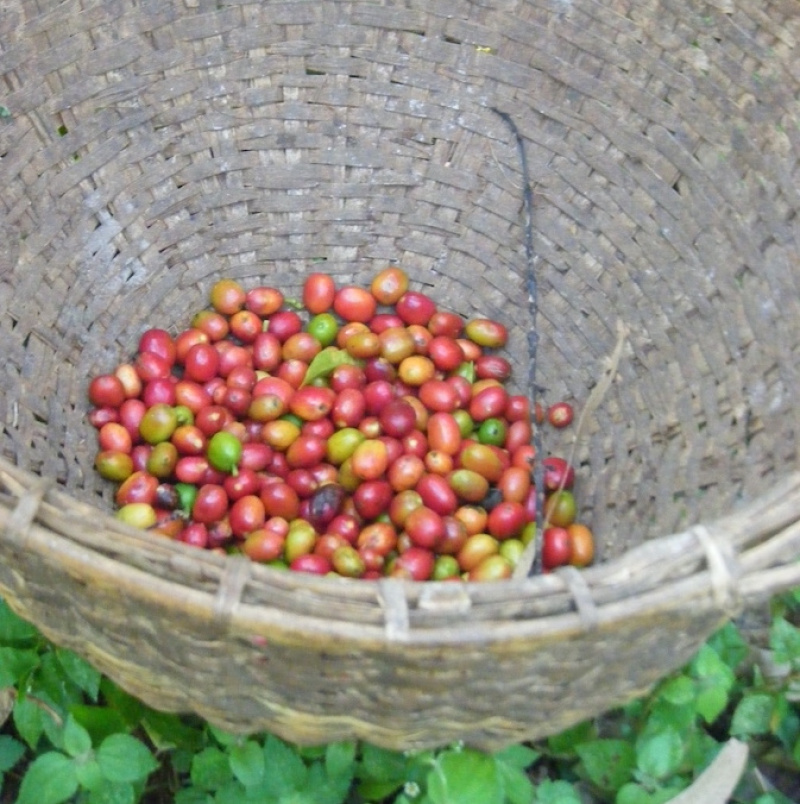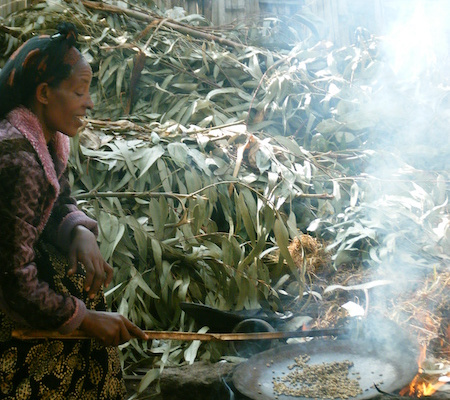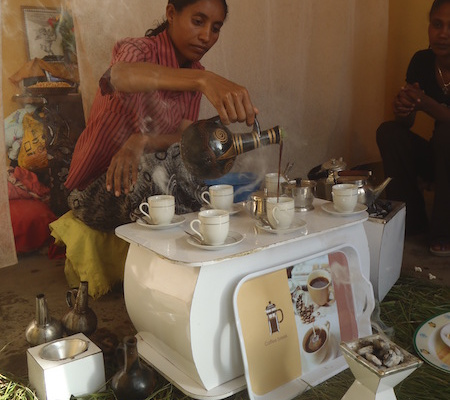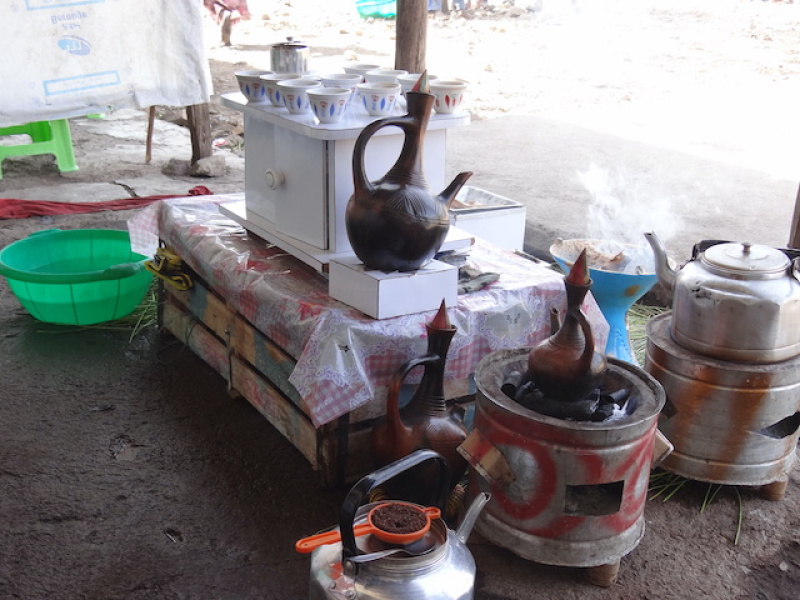Introduction
Aromatic treasure with ancient origins
The origin of coffee is in Ethiopia and here is its history. Age-old mysteries and legends surround the origin of coffee. According to the most widespread legend, the history of coffee began in Ethiopia, in the Kaffa region, in the 9th century.
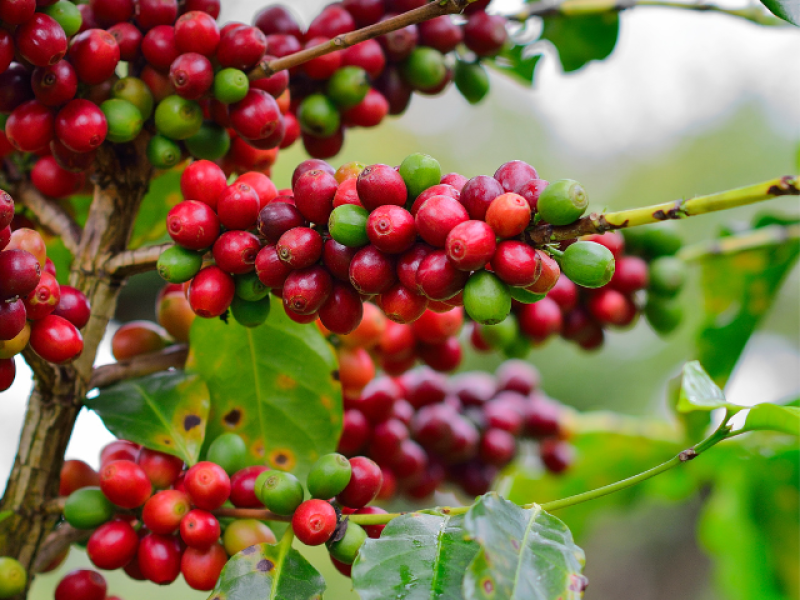
History of coffee
An Ethiopian shepherd named Kaldi noticed that his goats became very energetic after eating the berries of a certain shrub. Intrigued, Kaldi tried these berries himself and found that they also gave him energy. Kaldi shared his findings with other herders, and the use of coffee berries quickly spread throughout the region.
Over time, coffee berries evolved into a beverage. First, the coffee beans were roasted and ground, after which they were brewed in hot water. This drink, both stimulating and aromatic, gained popularity and spread across neighboring countries.
In the 14th century, Yemenis were already consuming coffee. Consumers appreciated its stimulating properties and energizing effects. Cafés then became places of meeting and social exchange.
In the 16th century, coffee arrived in Türkiye. It spread quickly throughout the Ottoman Empire. Cafes became important meeting places for intellectuals, businessmen and artists.
From there, coffee culture spread across the world, reaching Europe, the Americas and other parts of the globe. But let's never forget that the origin of coffee is in Ethiopia.
Today, coffee is one of the most consumed drinks in the world. There are multiple varieties, preparation methods and cultural traditions.
Harar coffee or Sidamo coffee?
Harar Coffee and Sidamo Coffee are two of the most popular coffee shops in Ethiopia.
They are both grown in the southeastern region of the country. However, they have significant differences in taste, aroma and texture.
Harar coffee has a fruity and tangy taste, with notes of leather and dried fruit, in addition to having a fuller texture and more intense aroma than Sidamo coffee.
In contrast, Sidamo coffee has a smooth, velvety taste, with notes of chocolate and mild spices. It also has a smoother texture and more subtle aroma than Harrar coffee.
Harar coffee is typically used to prepare espressos and cappuccinos. It lends itself well to strong drinks.
Sidamo coffee, on the other hand, is typically used to make lattes and mochas. It lends itself well to softer drinks.
Ultimately, the best coffee for you will depend on your personal taste and aroma preferences. If you prefer a fruity, tangy coffee with a full-bodied texture, Harar coffee is a good choice. If you prefer a smooth, velvety coffee with a smooth texture, Sidamo coffee is a good choice. Privileged natural conditions also explain that the origin of coffee is in Ethiopia.
The HARAR café
Harar coffee is a renowned coffee variety that originated in the Harar region of Ethiopia. Considered one of the most popular coffees in the world, Harar coffee offers a unique taste experience thanks to its intense aroma and distinctive notes. In this article we will explore:
- the fascinating history of Harar coffee,
- its production and,
- the reasons why it is so loved by coffee lovers around the world.
History of Harar Coffee
Harar coffee is closely linked to the history of Ethiopia, considered the birthplace of coffee. According to legend, the first wild coffee trees were discovered in the Kaffa region. Over time, coffee culture spread throughout the country, and Harar became one of the most important producing regions.
Harar coffee is often appreciated for its unique taste and intense aromas. The beans are grown at a high altitude, which gives the coffee a bright acidity and flavor complexity.
Protected label of origin
Harar coffee is a product of origin protected by the European Union. This designation guarantees that the coffee comes only from the Harar region of Ethiopia. This helps preserve its authenticity and exceptional quality. Local farmers are proud of this recognition, because it highlights their know-how and their coffee heritage.
Traditional production methods
In the Harar region, coffee cultivation is often practiced in a traditional way. Farmers use methods of harvesting and processing coffee that have been passed down through generations. One such method is natural drying, where the coffee cherries are left in the sun to dry, giving them a unique flavor.
Main stages of the coffee harvesting process in Harar
Cherry selection
When harvesting, the ripe coffee cherries are carefully selected. Experienced farmers know how to recognize ripe cherries, which are usually a bright red color. This selective selection guarantees the quality of the coffee beans.
Hand harvest
The coffee cherry harvest is done by hand, which requires considerable labor. In fact, farmers pick the cherries one by one, making sure to select only the ripe cherries, leaving the green ones for a later harvest.
Cherry processing
The traditional method of natural drying is often used. The cherries are not washed but are spread out on mats or trays to dry in the sun. It is said that Ethiopian Arabicas are then “natural”. This process can take several weeks and gives the coffee beans unique flavors.
Hulling and sorting
Once the cherries are dried, producers extract the coffee beans from their outer husk, called parchment. This work is carried out either manually or using a machine. Then they sort the coffee beans to remove impurities and obtain beans of uniform quality.
Packaging and marketing
Producers sort the coffee beans, then package and market them. Buyers sell them locally or export them to other parts of the world.
It should be noted that these steps may vary slightly depending on the specific practices of producers in Harar. However, the traditional and artisanal approach to coffee harvesting remains widely favored to preserve the quality and authenticity of Harar coffee beans.
The tasting experience
Tasting coffee or “buna” in Amharic is a unique experience because of its distinctive flavor profiles. Coffee lovers particularly appreciate its medium to full body, its lively acidity and its captivating aromas. Whether you prefer to enjoy it as an espresso, filter or Turkish coffee, Harar coffee offers a taste experience that will satisfy the most demanding palates.
Harar coffee from Ethiopia is much more than just a drink, it is an aromatic treasure from a long coffee tradition. Its rich history, unique taste characteristics and traditional production methods make it an exceptional coffee. Whether you are a coffee lover or simply curious to discover new flavors, Harar coffee is a must-try.
Bale's wild coffee
The Bale Mountains and Harena Forest are home to one of the last wild Arabica coffees in the world.
A number
Coffee exports in Ethiopia generated more than $1.3 billion during the last fiscal year which ended July 31, 2023 - Sources Ethiopian Coffee and Tea Authority (ECTA) cited in an APA article news- But below the set objective.
Jebena, to enhance the origin of coffee
The traditional Ethiopian coffee pot is called a "jebena". The jebena is a clay or ceramic coffee pot, and it has a distinct shape with a rounded bottom, long neck, and handle. It is the traditional instrument used in Ethiopia to prepare coffee.
Preparing coffee in a jebena is an important tradition in many African and Arab cultures. It is often a convivial ritual shared between friends and family. Afterwards :
The coffee beans are roasted
The beans are ground just before preparation to obtain optimal flavor
The water is boiled in the jebena
Ground coffee is added to boiling water
After a few minutes of brewing, the coffee is served in small cups called "cini". Coffee is usually served black or with milk, sugar, spices.
The jebena is also used in “buna bet” (coffee houses) located along the roads. Everywhere in the country we feel that the origin of coffee is in Ethiopia.
So why don’t we go and drink a good Ethiopian coffee!
To not miss any of our news, follow us on Facebook and Instagram.


